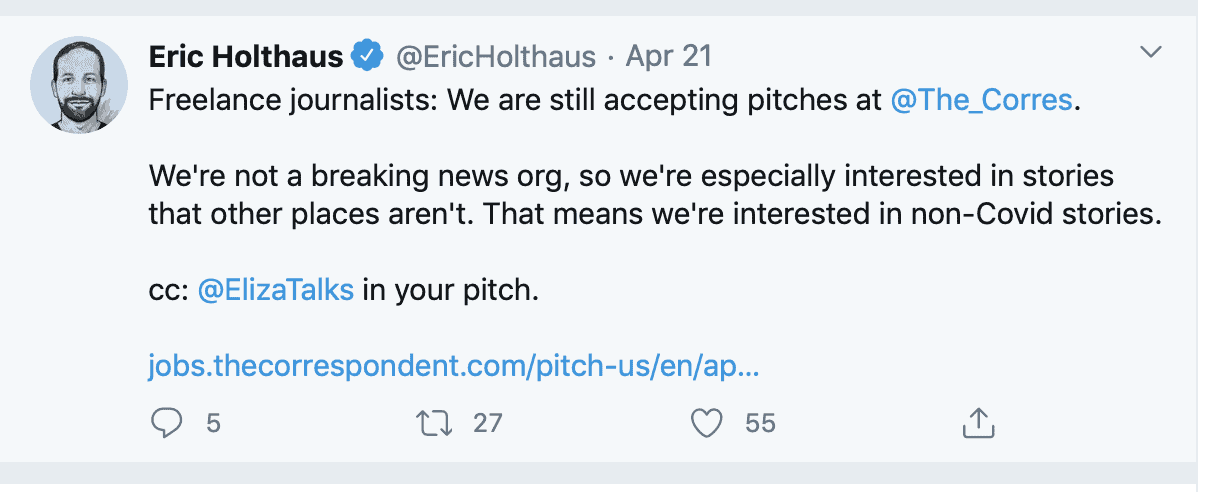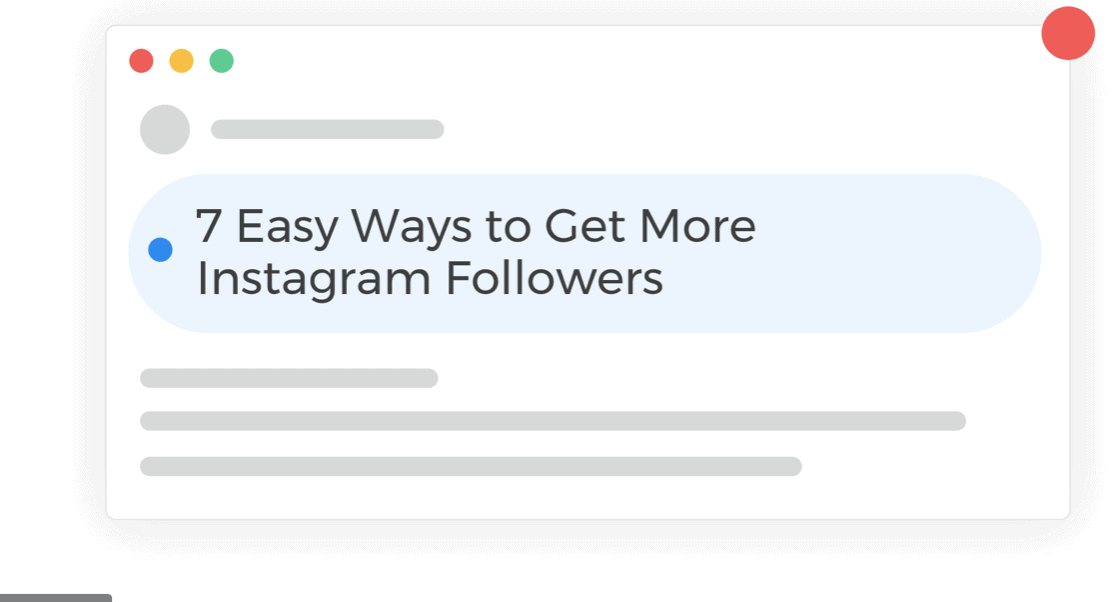The press release is alive and well. A recent study found that 44% of journalists deem press releases “the most trustworthy source of brand-related information.”
But, here’s the caveat with press releases: you can’t just hit “publish” and expect publicity to follow.
While a press release doesn’t automatically guarantee you wide coverage, you can gain public interest by maximizing press release exposure.
Correctly utilizing one of the most tried and true marketing tools at your disposal can lead to remarkable results. In this case, “old school” stays at the top of the class, when current adjustments to today’s customers are included in the strategy.
Here are 11 ways to maximize press release exposure:
- Find the right journalists
It’s tempting to reach out to everyone you can with your announcement, but not every journalist is the right match for your story. You will save yourself a lot of time in the long run by being selective with whom you contact. A targeted approach is the only effective avenue for a successful press release campaign.
If you are looking to expand your list of media contacts, start by examining your industry’s existing coverage. Simply type your line of business into Google and click on the “news” tab. From there, you can review recently published articles relevant to your industry.
You can also use a PR tool like Muck Rack, Meltwater, or Help A Reporter Out to locate journalists who cover your industry and relevant topics.
- Find your prospective journalists’ contact information
After you’ve taken a look at some recent articles, you can make a preliminary list of whom you’d like to reach out to.
Sometimes, an article byline will link to the journalist’s contact information. However, you may have to do some extra digging in other cases. You can try searching the name through Google and LinkedIn. If it’s in your budget, there are also paid databases with reporters’ information.
It’s also worth mentioning that a lot of correspondence starts via Twitter; 46% of journalists are open to starting a dialogue this way. See if a journalist has ever Tweeted about accepting pitches or if they seem active on the platform.

- Draft a stellar pitch
Journalists can receive up to 200 pitches a day. To improve your chances of getting a response, it’s imperative to keep your pitch short and to the point. Anything that resembles rambling will go straight to the trash (sorry, but it’s true).
Our VP of Media Relations, Heather Willett, offers this advice:
“Skip the “I hope you are doing well” greeting and get to the point. Journalists are busy and in order to grab attention, you want to be concise about why you are reaching out and what the benefit is to them and their audience. There is nothing more annoying to journalists than a insincere greeting and a long pitch with insignificant details about your client or company. Keep subject lines short, but indicate you know who they are, what they cover and how your pitch fits. I always suggest personalizing your outreach as much as possible by specifically commenting about an article they recently wrote or a tweet they shared. Don’t be afraid to be bold either. Sometimes taking a risk is what gets a journalist to take pause.”
Lastly, a journalist will be hesitant to open an email attachment from a stranger, so you should consider copying and pasting your press release directly into your message.
- Contact at the opportune moment
The time of week and day you send your pitch matters. Business Wire found that 61% of journalists prefer receiving press releases in the AM.
In their analysis of over 100,000 press releases, Ragan Communications found that Tuesdays and Wednesdays are the best days of the week to reach out to journalists.
- Follow-up judiciously
There are effective ways and ineffective ways to follow-up with journalists. Sometimes, it doesn’t hurt to give someone a nudge if you’re considerate and respectful. Refrain from spamming and know when it’s time to move on.
As for the actual press release, remember to:
- Be concise
Journalists spend less than a minute reading press releases, so be succinct. Every sentence must add value. Remove anything superfluous, you can always use or repurpose content at a later date. When putting together a competitive press release, it’s actually time to think and write like a journalist. The facts are what drive the release. Keep this in mind when a press release feels too wordy. It probably is.
- Pack the most punch in your first 10 words
The first ten words of your press release are the most significant. This applies to both readers and search engines.
SEO and press releases go hand in hand. Consider the fact that the two biggest search engines, Google and Bing, closely assess press releases when determining page rank.
Don’t bury the lead. Open your press release with a brief description of the report then expound on the personages involved.
- Use simple language
No matter how complex the subject, make your press release as clear as possible. Simple press releases gain traction. Remember the adage; a confused reader is an antagonistic reader. Impactful writing is clear, concise, and easily accessible. There is no room for anything but clarity.
- Write a clickable headline

Like the subject of an email, your headline can motivate someone to learn more or keep scrolling.
Here are the ingredients of a clickable headline: keywords, action verbs, and short, compelling phrases. While penning your press release, it’s important to keep the most important search terms in mind.
The keywords in your headline should be used identically in the body of your press release at least twice.
Short headlines that are around 65 characters perform better than long headlines. You can always add a longer sub-head. Be sure to keep your keywords close together.
- Aim for timeless copy
Even though the newswire will add a dateline to your press release, you should refrain from dating it yourself unless you are focusing on a specific event. Why? Because dates in body copy can make one’s content seem, well, dated.
Instead, aim to deliver quality content. Always go back to your ideal reader and customer and ask, “why is this important to them?” Also, ask why it is essential to them today, even though it might be sometime down the road before they are exposed to it. You can keep your press release fresh by keeping it timeless.
- Include your contact information
Don’t forget to add your contact information in your press release. You never want to run the risk of missing out on opportunities for additional exposure.
Don’t feel discouraged if your press release isn’t gaining the amount of traction you predicted. Keep trying and refining your strategy. The simple and clean delivery of an excellent press release looks easy, but it’s actually a fine-tuned, laser-focused, adroitly assembled marketing tool that is worth the time and effort it might take to get it just right.







